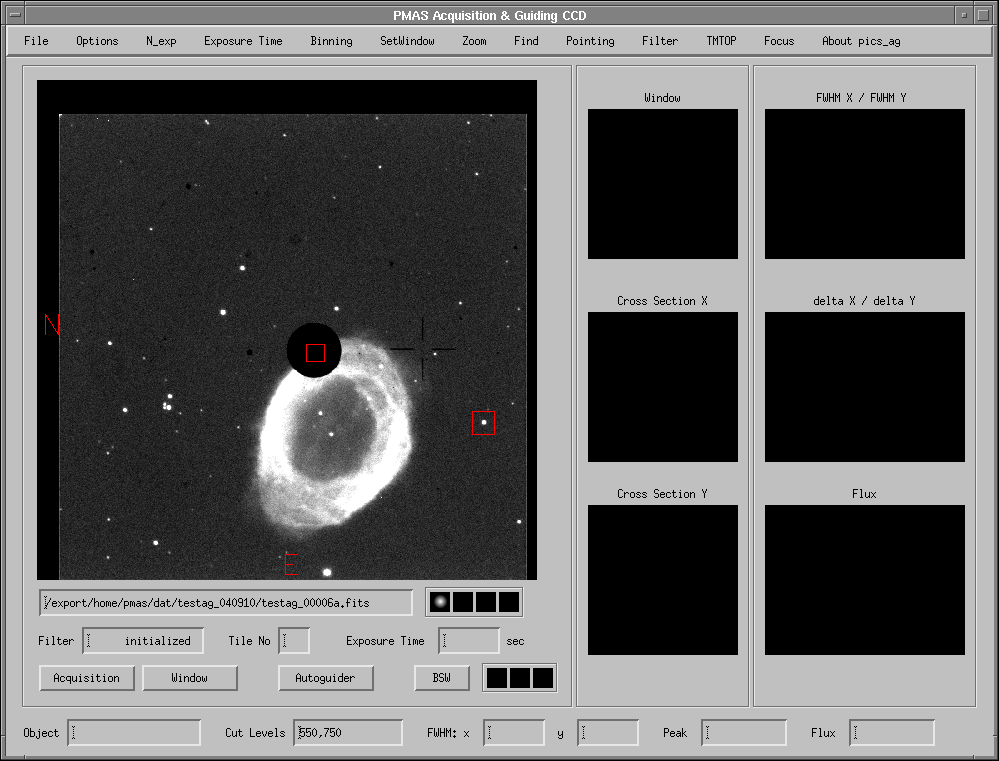
Fig. 3a-x : Target Acquisition and Guiding:
PMAS A&G Camera graphical user interface. The image shows a typical
acquisition frame as obtained when the telescope has slewed on-target,
encompassing a 3.4 x 3.4 arcmin^2 field-of-view. Technically, it is
created by observing a slightly tilted mirror in the focal plane of
the telescope, whose central part contains a diaphragm to transmit the
on-axis light further down towards the IFU. The IFU field-of-view is
outlined by the red square in the middle of the dark diaphragm area.
The square is twice as large when the 1arcsec/spaxel magnification has
been selected (default: 0.5 arcsec/spaxel). The second square to the right
indicates the position of a guide star which can be selected with a simple
mouse click. The guide star coordinates can be saved to disk.
Restoring these coordinates allows one to repeat observations in another
night with sub-arcsec pointing accuracy (note however the importance of
A&G camera filter selection and the effects of differential atmospheric
refraction). The image can also
be plotted in a reverse greyscale,
stored as a postscript file for future reference, or sent to the printer.
Accurate centering of the IFU is performed by selecting the
desired target region with a mouse click (pulldown menu "Pointing", assisted
with zoom window to the upper right) ...
(STEP 1)
Last update September 10, 2004 by M.
Roth

